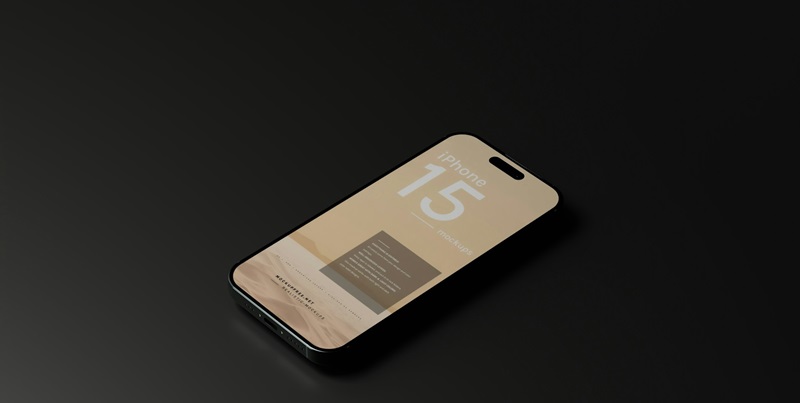The tech industry is experiencing a series of transformative events as it journeys through 2024. Among these, Apple’s iPhone 15 has made an unexpected splash, though not for record-breaking sales as was anticipated. The latest figures from Consumer Intelligence Research Partners (CIRP) indicate a sales slump for the iPhone 15 series. In a surprising twist, it seems that consumers are tightening their purse strings and opting for the iPhone 14 series, or even older models. This marked turn toward more economical choices may signal a shift in consumer behavior, where the latest model is no longer a guarantee for peak sales, leaving market analysts pondering the factors at play in the decision-making process of Apple aficionados.
Revolutionizing Telecommunications: The Arrival of 6G
As we marvel at the current capabilities of 5G technology, the horizon is already dazzling with the promise of 6G. In its testing phases, 6G has shattered expectations by reaching staggering speeds of 100 Gbits per second. This breakthrough is not merely incremental; it is an exponential leap that propels wireless communication into a new era. The implications of such advancements raise profound questions about the durability of existing fiber-optic infrastructure, which until now, was the unchallenged champion of high-speed data transfer. As 6G technology continues to evolve, the potential to supersede traditional wired networks could revolutionize how we conceive of and build our telecommunication frameworks, setting the stage for a fully wireless future where connectivity is both ubiquitous and instantaneous.
Crunchyroll’s Strategic Shift
As we steer through 2024, the tech industry is riding a wave of change. Apple, a usual frontrunner, faces a surprising hiccup with its iPhone 15 series. Data from Consumer Intelligence Research Partners reveals a dip in sales for the new model. Contrary to the usual trend where newer models fly off the shelves, consumers appear to be shifting gears, showing a preference for the iPhone 14 or even earlier iterations. This development hints at a more cautious spending approach, perhaps due to economic conditions or a plateau in technological innovation that fails to compel consumers to update to the latest device. The sales slump of Apple’s iPhone 15 has left many wondering what’s causing this change in loyalty, as consumers demonstrate that the allure of owning the most recent model isn’t as irresistible as it used to be. Market analysts are now left to decipher what this means for the future of smartphone sales and consumer preferences.

